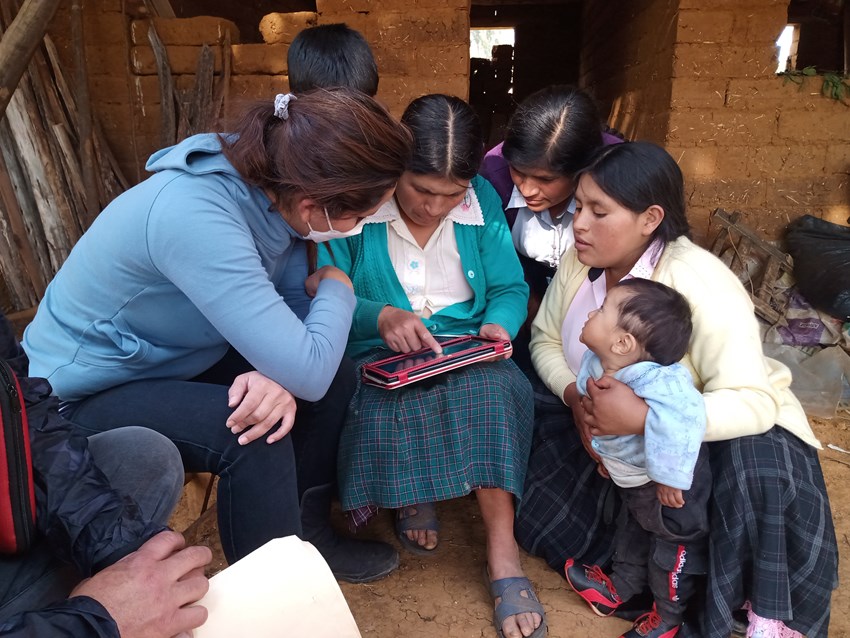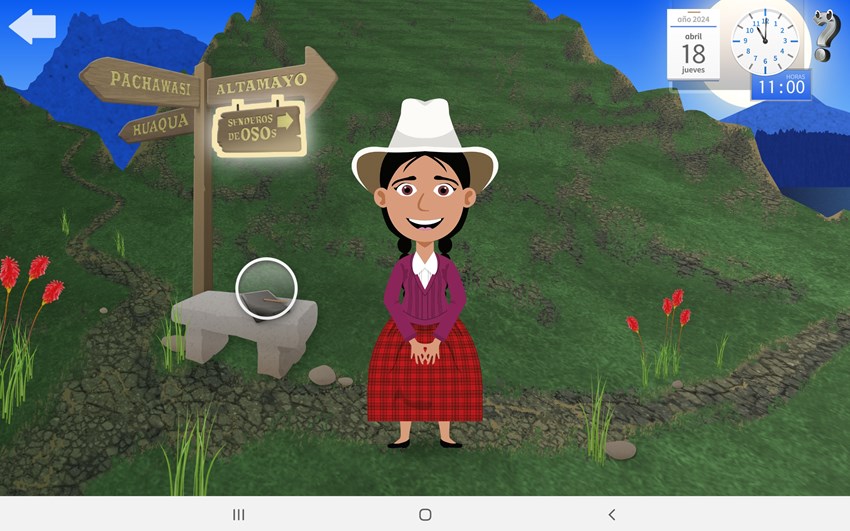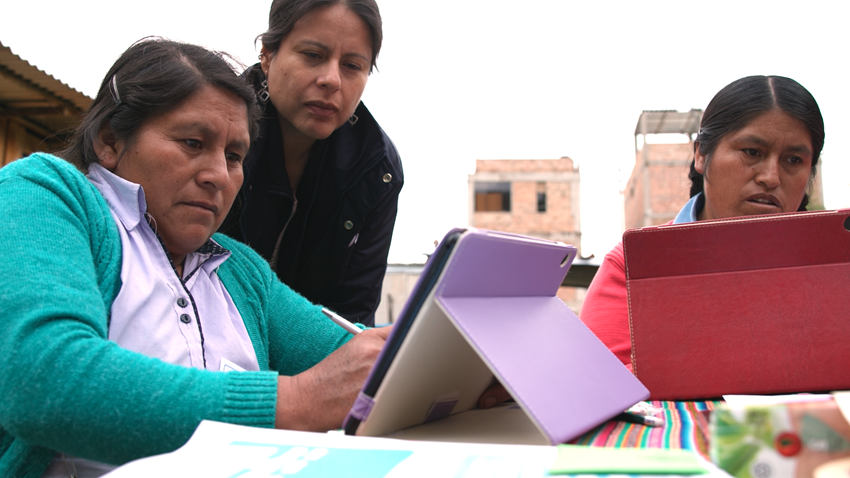FOCUS wants to offer women the opportunity to develop a basic literacy
FOCUS is an adaptive learning tool, packaged in an application, which, together with our methodology and complementary teaching material, should give our participants opportunities to develop a basic literacy that is functional, digital and critical.
The content of FOCUS is adapted for women who have limited experience of formal schooling and is constantly evolving. The development of FOCUS started in 2012 and the development is user-driven which means that new versions are tested with the target group whose feedback then is the basis for the adjustments and adaptations that are made to both FOCUS and the complementary materials.

We strive to adapt our program based on the participants' needs and interests. Our participants are adults that often find it difficult to participate at set times and places. Thanks to technology, more women can have the opportunity to develop a basic literacy as they can study in places and times that suit their life situation.
FOCUS is published on Google Play


















